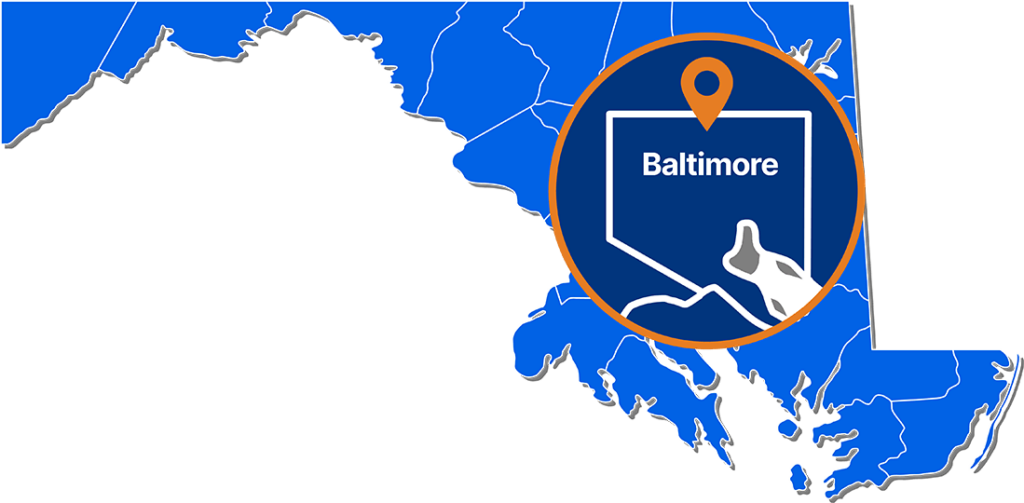If your property has recently suffered water damage, whether from floods or damaged pipes, it is important to do water extraction as soon as possible to prevent further damage. In order to do the water extraction properly, it is best to contact a professional water damage restoration company like First & Last Restoration that has the experience and equipment to do water extractions quickly and efficiently. But before we begin to take a look at the most popular water extraction techniques, let us first discuss water extraction and the process involved.
So, What is Water Extraction?
The practice of removing excess or standing water from your house or property is known as water extraction. Restoration companies that specialize in water extraction strive to minimize damage to a house or company following floods. The restoration company’s aim throughout the water extraction procedure is not just to reduce water damage but also to:
- Reduce the possibility of irreversible harm to assets.
- Prevent the formation of mold, which might represent a significant health danger.
- Restore the property to its original state.
What is the Process Involved in Water Extraction
Water extraction from your home or property may be a difficult procedure that is best left to the specialists. Understanding the process of water extraction, on the other hand, is critical to knowing what sections of your property can be recovered and what you can do to repair your home.
- Stop the Source of Water: Water extraction cannot begin unless the source of the undesired water is removed. This can be as simple as turning off the main water line to your home, but severe damage may necessitate the assistance of emergency services.
- Extract the Water: It is critical to remove apparent pockets of water to prevent further damage to your home. This can be achieved by utilizing a wet vacuum or a pump to assist in draining the water from your house. To avoid hurting yourself or a loved one, ensure that any utility lines, such as electricity, have been turned off.
- Eliminate Non-visible Water: While you may have successfully cleared visible water from your house, the harm may have continued undetected. Water can become trapped beneath carpets, causing mold growth or structural damage to your building. Water may also make its way into places it should not, such as walls.
Methods For Water Extraction
There are a few methods for water extraction that may be utilized to prevent additional harm. If the water damage was caused by broken pipes, the first step is to cut off the water. This will restrict the flow of water into the building and allow water extraction methods to assist remove the water. Before the water extraction specialists come, there are certain things you may do in your building. These include things like cleaning up and emptying out as much water as possible, as well as removing any furnishings in the flood-affected area. These two water extraction methods are among the most successful.
- Vacuums: Wet-dry vacuums, for example, may be used to remove excess water from porous surfaces such as floors and carpets. These vacuums function by sprinkling a cleaning solution on the floor and sucking up the moisture. The water is subsequently collected in a tank; commercial wet-dry vacuums have larger tanks and are utilized when the water damage is severe.
- Pumps: Sump pumps, for example, can assist drain water from a structure. They operate by pumping up the water and then removing it through a drain or an entrance to the exterior of your building. These water extraction pumps can vary in size, making it easier to swiftly suck up and remove surplus water. If the water level is high, a submersible pump can be utilized to constantly pump away the water.
What Happens Once The Water is Extracted
Once one of the following methods for water extraction has been employed and all of the water has been removed, the drying process may commence. Dehumidifiers and high-speed fans can be used to help evaporate any remaining moisture and restore the proper humidity levels, preventing swelling and warping of the flooring and furniture.
The Importance of Water Extraction
Water damage to a house may be disruptive and devastating. When the unexpected occurs, the issue must be addressed as soon as possible to help avert significant devastation. A small amount of water damage can put a property at risk for hazardous mold development, while a A substantial quantity of water damage might jeopardize the structural integrity of a home. An emergency water extraction company should be hired as soon as possible to recover all surplus water.
A Water Extraction Company Serving Maryland
Contact First & Last Restoration at (443) 400-7593 today for 24 hour water damage restoration, fire damage restoration, or mold remediation along with any of our other services or get an instant quote from our website. Our water extraction company will get to your Maryland home or business in 30 to 60 minutes
























